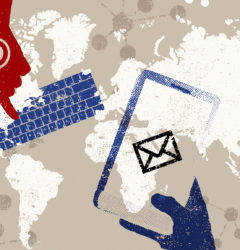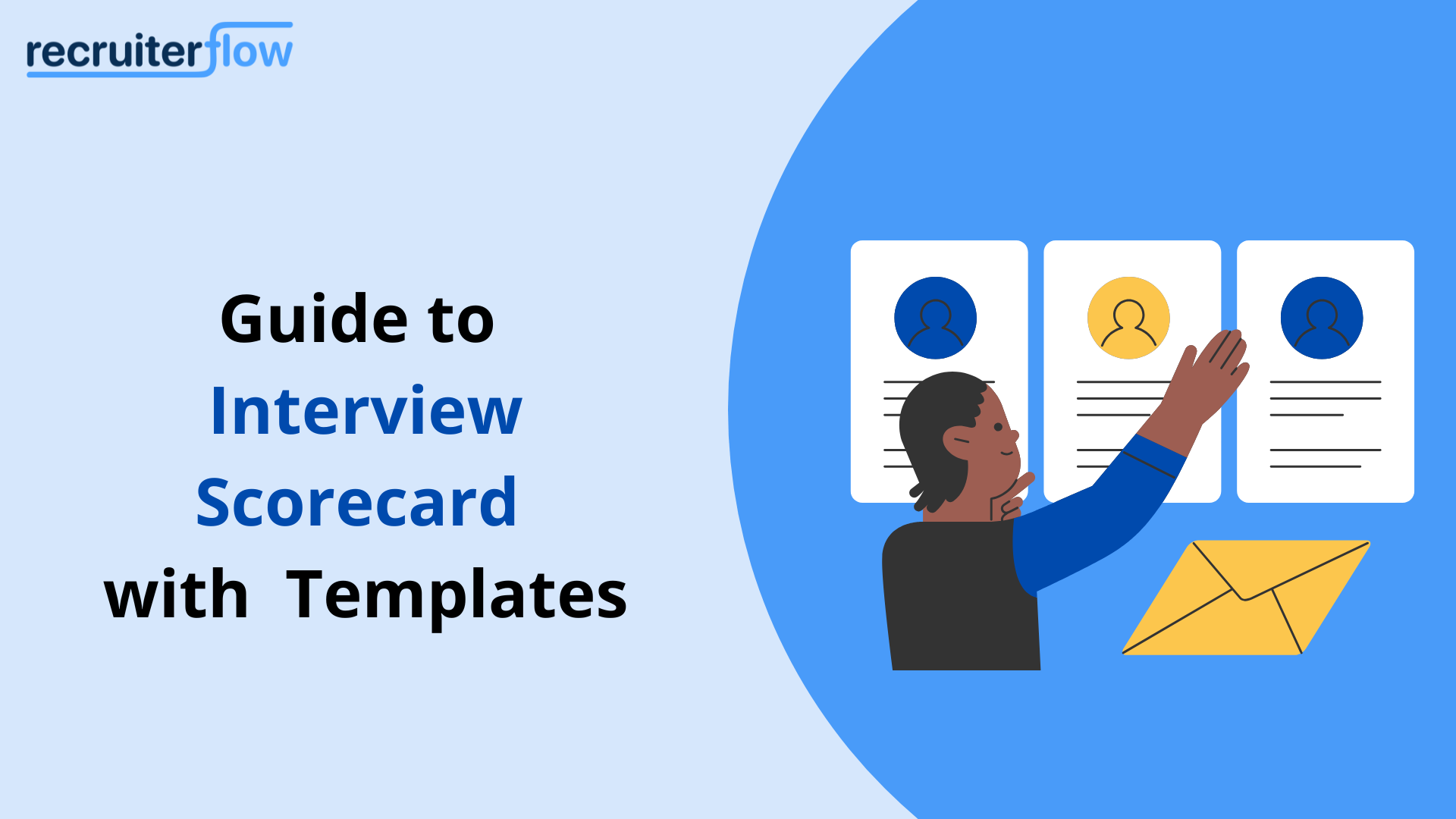
Writing an extremely effective follow-up recruitment email
While running your recruitment email campaign, if your first touchpoint didn’t deliver the result, don’t feel bad. It’s almost always the second and third touchpoint that gets the result.
Followups are crucial but if done wrong (most of us do it wrong) it hardly helps you convert the candidate. We all have seen generic follow-ups like:
- Just checking in to see
- Thought I would check-in
- How are you?
No matter how widely they are used, they will seldom get you results. So how do we write follow-up emails to convert candidates better?
Creating a high-performing recruitment follow-up email is less of an art and more science. Below are some of the key steps involved in crafting follow-up recruitment emails:
Also check, Cold Calling in Recruitment: What Has Changed in 2023?
Determining what’s your goal?
Followups should always be designed to achieve some goal. Before you jump on to creating a follow-up email, take a step back and determine the goal of the follow-up. Your call to action phrases in the follow-up is tailored to achieve this goal.
There are generally four types of goals when sending out a follow-up email for recruiting activities:
Apply for an opening
Here you focus on conversion and making sure the candidate applies to your company
Grow talent network
Building a talent network is a continuous process and you are always looking out for a great talent who might join your company in the future.
Just to catch up
When you haven’t been in touch with an awesome candidate and want to share some news or congratulate them on something
Share information
You want to tell your candidates and prospective candidate some recent news or achievement of your company.
Also, check Factors that Affect Your Recruiting Email Outreach
What’s the context?
Context sets the tone of the follow-up email and it should be in line with your earlier touchpoint. This is the first thing the recipient will read when they open the email or even without opening it (after the subject line).
You need to establish the context of your follow-up email to keep them engaged. If you know them through someone, start with a comment or compliment of the candidate from that person.
Experiments have suggested that humans have a higher recall value for words at the start and at the end. Establishing a context helps you keep the email personalized and the chances of a reply are much better.
Some ways in which you can give context:
- Referral: I met (person name) last week at (venue name) and he told me some great things about you.
- Prior meeting: We met a few weeks back at (event name or location)
- Read online: I just read an article published by you on (platform name). I loved the way you (talk about the article)
- Prior email: Following up on my last email sent a few weeks back about (topic)
Also, check 25 Recruiting Email Templates for Recruiters
What do you want?
You should always respect your candidate’s time. Just asking them to get on a call or for a meeting without establishing why you want it, ultimately ends up wasting everyone’s time.
Your call to action or “What” be it asking for a call or a meeting or just sharing some news should have “Why” with it.
For instance, don’t just ask a backend developer “I would love to have 30 mins call sometime this week to explore career opportunities here at Acme Corp.”
Instead, say something like “We are actively hiring for a backend position at Acme Corp and you seem to be an ideal fit for the position. Your current work at Stark Enterprise is related to what we do here. It would be great if we can chat for 30 mins sometime this week to see if working at Acme Corp excite you?
Also, check How I built a team of 40 amazing people in 1 year
When to send a follow-up?
Timing is really important when it comes to follow-up emails. You shouldn’t be so late that the prospect forgets about you. At the same time sending follow-ups too quickly would look desperate.
The timing of a follow-up is dependent on the context. Some examples of the timing of follow-up with context are listed below
- Referral from someone: Within 7 days of meeting the person
- Met at an event: Within 24 hours after the event
- Read online: There’s no time frame but the sooner the better
- Following up on an earlier email: After 7 days but before 14 days of the previous email
- Catch up – Once in 3-4 months
How to send a follow-up?
Followups can either be part of the same email thread or you can start a new thread. I personally use the same thread if I am not sure the person I am emailing remembers me.
If you are starting a new thread, the following are some of the things that work in the subject line:
- A sense of urgency: Creating a sense of urgency by using words like tomorrow, this week, etc increases the open rate
- Numbers combined with adjectives: Phrases like Quick 15 mins calls, and short 30 mins meetings help you increase your open rate
- Keep it short: Short headlines tend to get more open than long ones
Also, check How to conduct an Intake meeting with the hiring manager?
Remember the aim of the subject line is to increase the interest of the prospect so that they open the email.
We recently did a webinar on the Fundamentals of email sequences for Recruiters.


